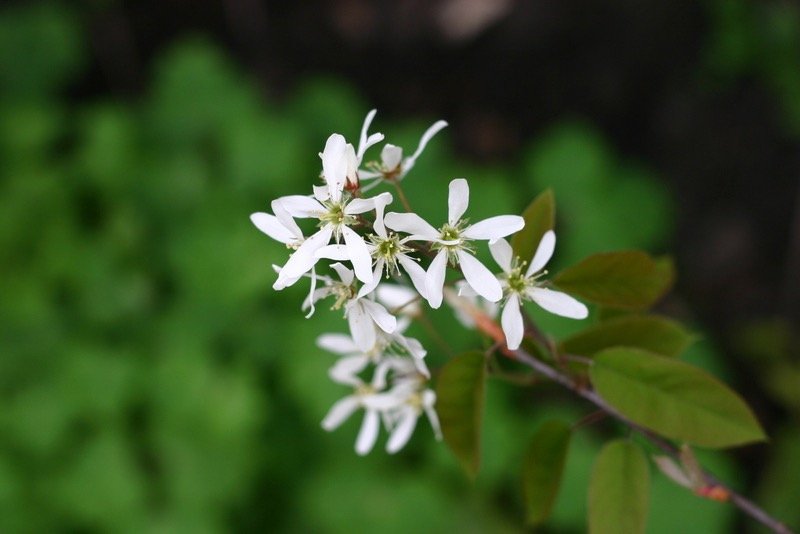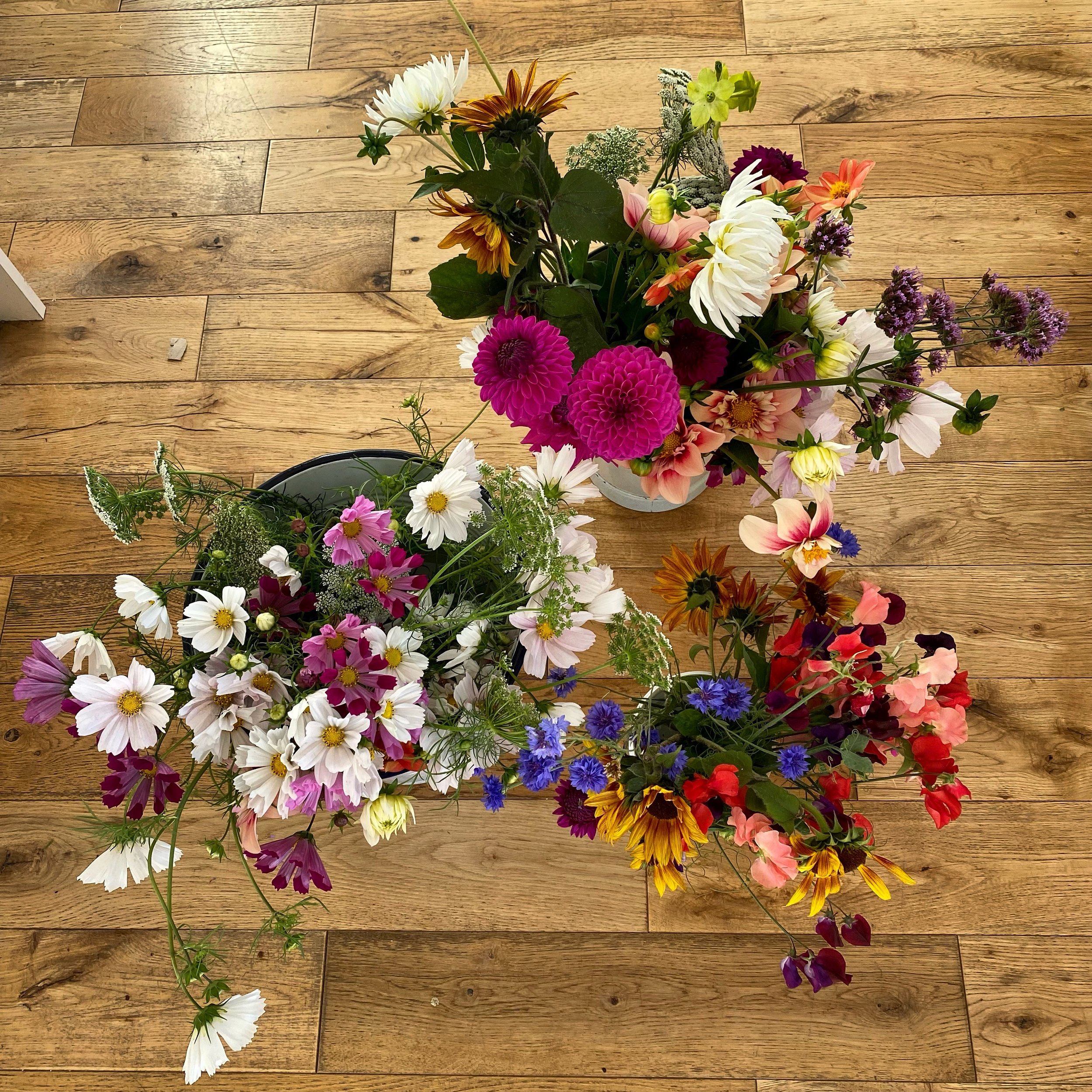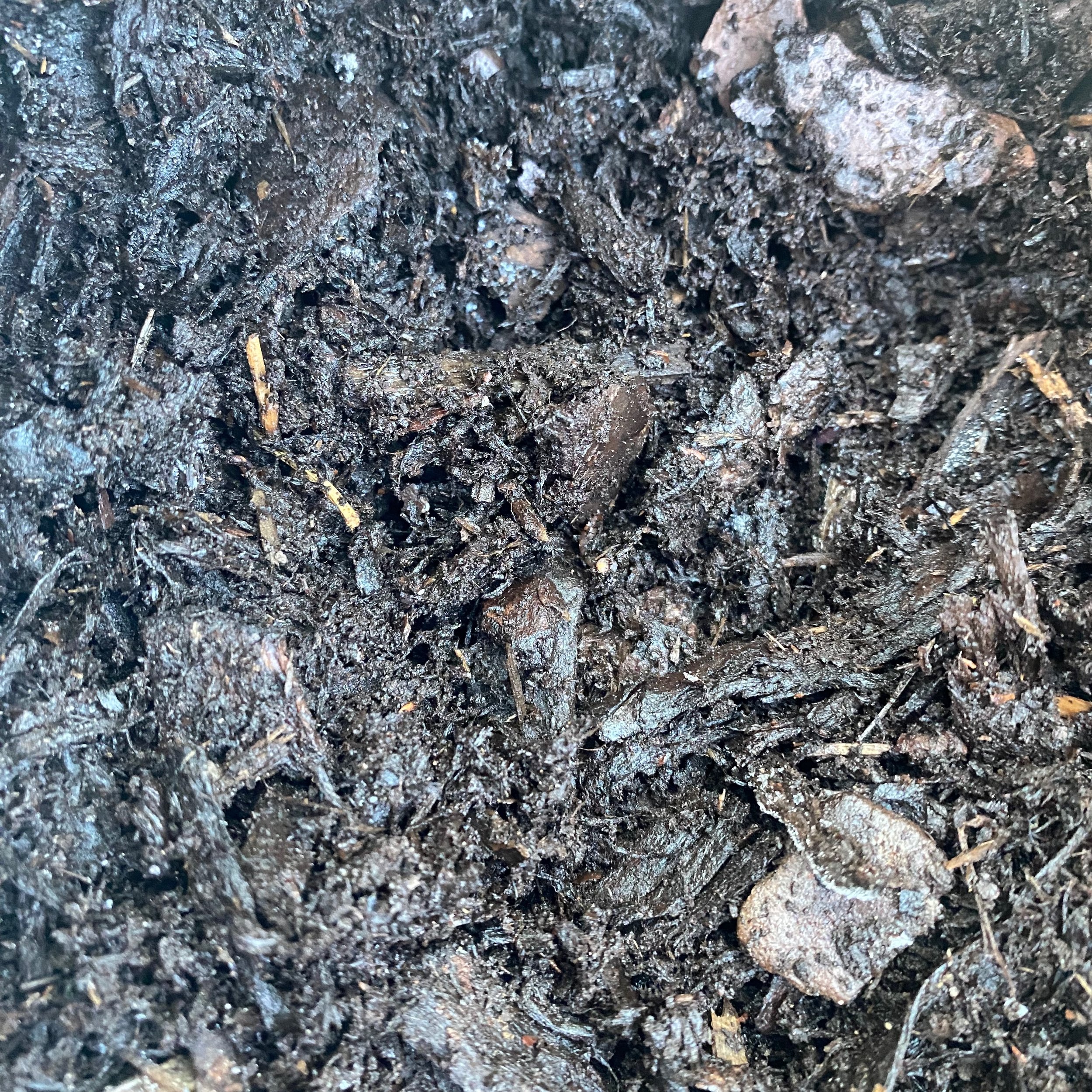Sustainable gardening
Sustainable gardening is the concept of using gardening practices that cause no harm to the earth or its inhabitants. It involves putting nature at the heart of your gardening practices and methods. A sustainable garden is one that gives back to nature. Going peat-free is the obvious starting point. But there is much more you can do:
Plant a tree
Trees provide height and structure to a garden, shelter and food for a variety of wildlife, store carbon and can give year round interest with blossom, greenery and autumn colour. They come in many sizes to suit every type of garden. There are plenty of trees for smaller gardens. What more reason do you need to plant a tree!
Last year I planted a rowan and a crab apple tree to complement the Cotoneaster and Amelanchier I already have. Read about my favourite trees for wildlife.
Use less mains water
Collecting and storing rainwater from your downpipes in waterbutts or large containers is the biggest thing you can do to stop using so much mains tap water in the garden. This is especially important if we are going to continue to experience periods of less rain.
Other things you can do include:
Fix leaky taps and dripping hoses.
Use a watering can rather than the hose
Put drip trays beneath pots to collage drainage water
Water in the morning or evening when it’s cooler to reduce loss from evaporation
Mulch soils to conserve water
The RHS has a campaign called mains2rains.uk which has more ideas on how to be less reliant on mains water in the garden.
Grow your own cut flowers
The global cut flower market has a significant negative impact on the environment. Traditional flower farms often rely heavily on fossil fuels for irrigation, heating, and cooling and use large amounts of water. By growing your own cut flowers, you can reduce your environmental impact and increase your connection to nature. Not only will you be able to enjoy the beauty of fresh flowers in your home, but you will also be able to do so in a sustainable way. Read more about how to grow your own sustainable cut flowers.
Make compost
There is lots of advice around about making compost and it can seem like a complicated process. The main things to do are to have a mix of materials, make sure it’s not too dry or too wet and remember that everything will break down into nice crumbly compost eventually!
Use natural pest control
Don’t use pesticides or herbicides. Ever. There are much more planet friendly ways to control or reduce pest damage.
Firstly learn to tolerate a bit of damage. The odd hole isn’t a problem.
Keeping plants healthy is the best way to prevent pest and disease problems.
Nip problems in the bud before they bloom.
Encourage natural pest predators and beneficial insects into your garden.
Use physical barriers such as netting over cabbages.
Remove pests by hand or use traps for example aphids can be knocked off plants with a jet of water.
Plant more plants
Fill every space you can with a diverse range of plants. Have plants across all seasons, especially in early spring and later autumn when not much is flowering. Have a range of flower shapes. Have colour, vibrancy, abundance and life.




